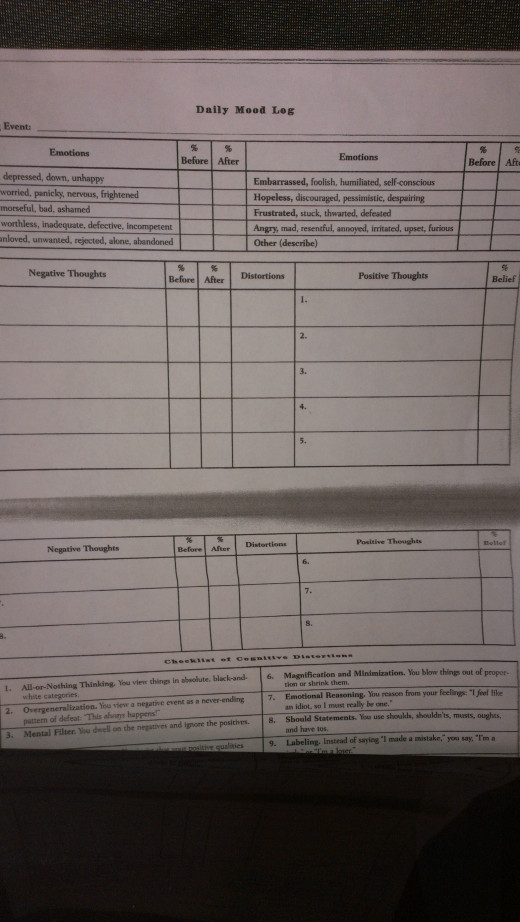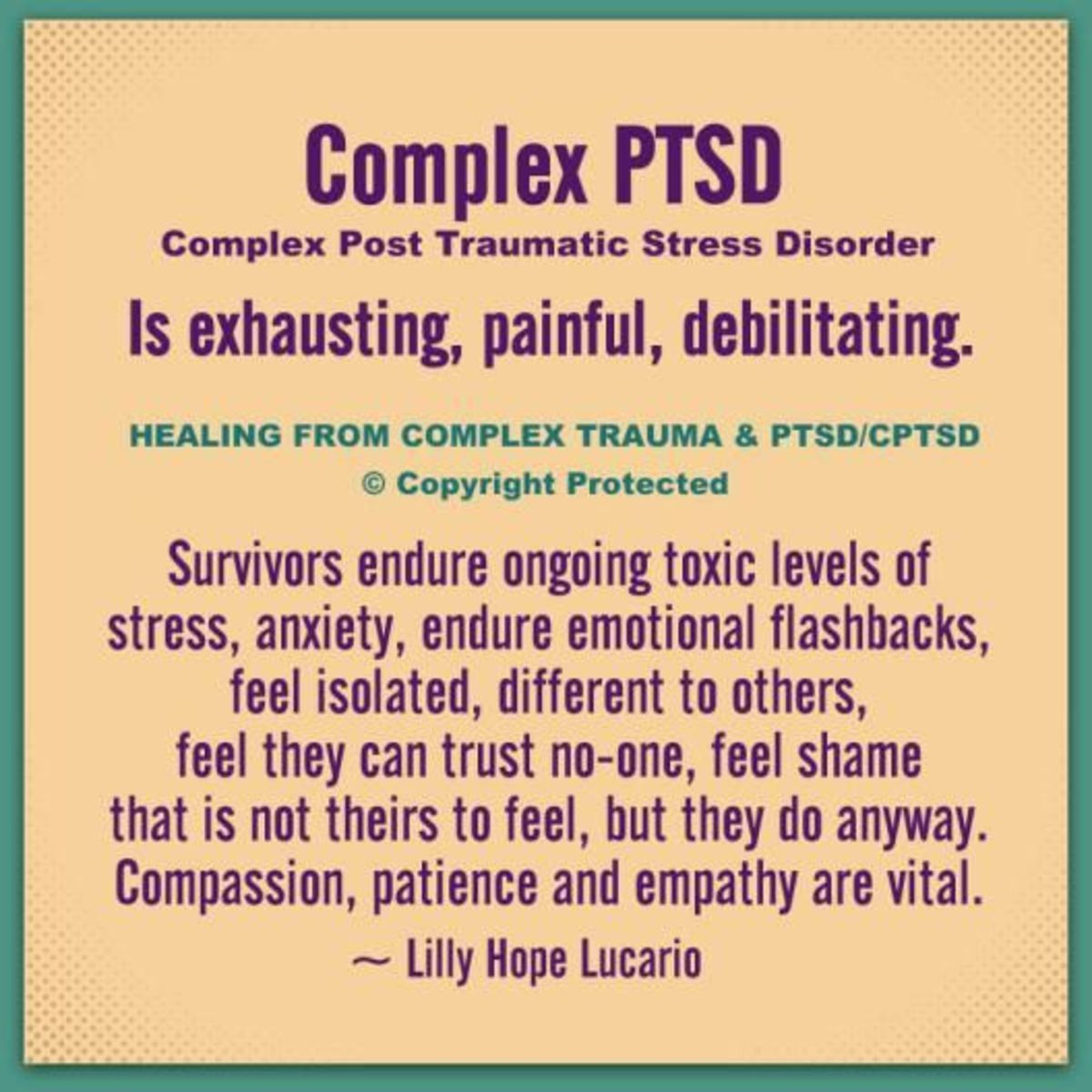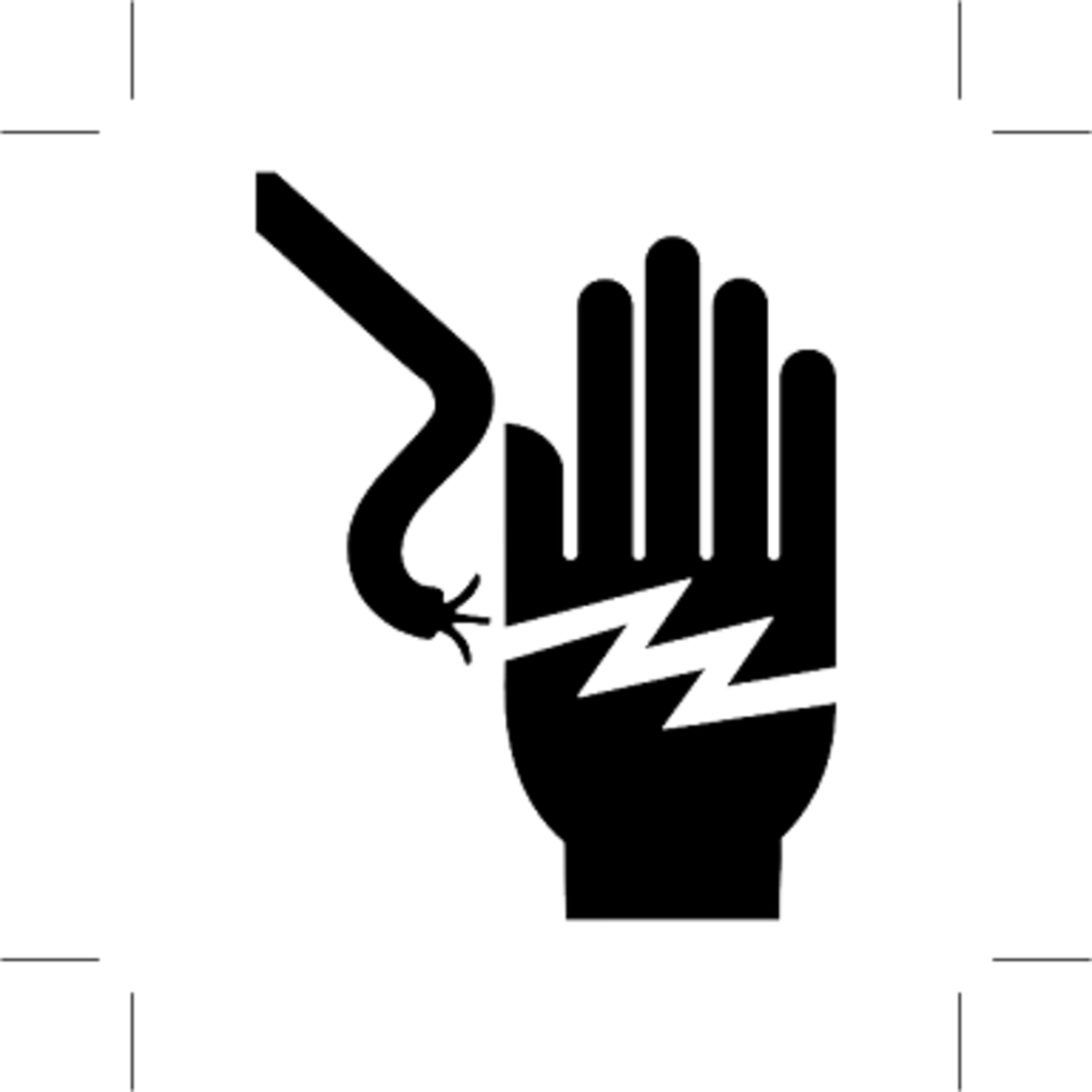When Anxiety Takes Over: Part II

Seeking a Breakthrough
Having a full on breakdown in 2011 was a wake up call.
Forcing doctors to "find an answer" for me; researching endlessly on my "symptoms" I was having; paying no attention to my loved ones in front of me; insisting I had something serious and I was going to die.
Enough was enough.
I wasn't even living my real life. Like Mark Twain had said, "I've been through some terrible things in life; some of which actually happened." Days would pass by wasted. My kids would go unnoticed. My husband baffled and confused.
My decision to seek therapy came from needing to know how to think.....better.
When you have trained your brain for so long to respond a certain way, it is a hard habit to break.
After so much worry and anxiety, my body naturally begins to emit it's physical symptoms: heart palpitations, headache, tingling hands and feet, tightening in the chest, etc.
I needed a way to change how I was responding to stressors and my anxious thoughts.
My therapist uncovered the following:
- Severe anxiety
- Mild depression
- Hypochondriasis
- Obsessive Compulsive Disorder
Yikes.
I knew about the anxiety.
The anxiety brought on bouts of depression because I was no longer living fully and happily. I was in a constant state of worry which brought on depressive thoughts. They simply fed each other.
A hypochondriac worries constantly about any health related issue. They will go to extremes to meet a health need that they think needs attention. I ended up in the emergency room several times and even landed in the surgery room, but still came back empty.
As someone with Obsessive Compulsive Disorder, we find ourselves needing to "check" something over and over again in order to satisfy what we are worried about. To some people, they check the door to see if they locked it (12 times). Others will get in their car and drive all the way back home to see if they unplugged the iron. My checking involved the internet. Again, I hate the media with a passion. It can do a whole lot of good, or a whole lot of bad. I used the internet to check every "symptom" I had. And with my hypochondriasis, the only diseases I saw were the bad ones. A headache was not just a headache, it was a brain tumor. A cramp in my chest was not stress, but a heart attack. You get the point.
So How Do We "Fix" Our Anxiety?
Once you get your "official diagnosis" from the therapist, your main goal is to figure out what to do next.
From my personal standpoint, I did not want to totally rely on medication. Instead, it was important for me to include a variety of methods that were useful.
These methods included:
- Cognitive behavioral therapy (that my therapist introduced)
- Self-education (on anxiety disorders, such as reading "self-help" books)
- Spiritual exploration (reading about things we fear, such as dying)
- Physical manipulation (massage therapy for example)
- Hobbies that foster enjoyment and relaxation (reading, music, photography, for example)
- Changing of diet and/or nutritional supplementation (which is a huge factor in our moods and how we control our hormones) as well as adding medication, if needed.
The First (and maybe second) Visit to the Therapist
I am quite aware (now) that men and women think differently when it comes to anxiety and expressing ourselves. I plan to discuss this in the next part of this anxiety series. Men want to fix problems they may be experiencing and women want to discuss them. Simple as that.
My first visit to the therapist brought on many doubts from others. I insisted that I go, knowing it would do me well.
Five minutes into my session, I was sobbing my eyes out.
One "activity" he presented to me was drawing a small dot on a sheet of paper. He asked me what I saw. I said, "A dot." He said, "Yes, you're right, but it is also a BLUE dot on a LARGE WHITE SHEET OF PAPER WITH BLUE LINES." What he was getting at was: I only saw what I wanted to see. When I spent time looking for what my health symptoms were, I only focused on one or two things, instead of realizing that there are always many details and other perspectives. Hearing this from a professional opened my eyes that there are more than one ways to look at what I was experiencing.
1.) COGNITIVE BEHAVIORAL APPROACH
My therapist recommended several books as "homework," and one of those books included the Daily Mood Log (see picture below). This was part of the Cognitive Behavioral Approach that he taught me. I was to work on changing the way I thought and viewed a negative thought. Thus, my behavior and reaction would change as well.
The Mood Log was a way to track feelings of anxiety and labeling those feelings as distorted thinking. On the Mood Log, you keep track of how strong the feelings (negative thought) were, what kind of "distortion" it was, what positive thought could take place of the negative thought, and then how strong the feeling was after understanding the positive thought (% after).
Some examples of Distorted Thinking are:
- All or nothing thinking (viewing things in absolute, black and white categories)
- Fortune-Telling (predicting that things will turn out badly)
- Magnification (blowing things out of proportion)
- Emotional reasoning (I FEEL this way, so I must really BE this way)
- Mental filter (dwelling on the negatives and ignoring the positives)

Have you suffered from severe anxiety?
Using the Mood Log was incredibly helpful. Often, I found myself "Fortune Telling" or "Magnifying" a thought. Looking back on these thoughts, I wonder, "What on earth was I thinking?" But at the time, they were REAL and these thoughts affected me physically.
Like the Mood Log, a journal can also have you evaluating your thoughts and reflecting what to do about them. I wrote a lengthy journal for each week. I wrote down my exact thoughts, uncensored. Again, when I found my journal the other day and read my entries, I was surprised by how much TIME I spent in this state of mind. I cannot believe how I could've been spending it doing something more worthwhile.

2.) Self-Education
Along with using the Cognitive Behavioral Therapy, I made it a point to self-educate. I found several books on Health Anxiety and Anxiety in general. The Health Anxiety books were incredibly helpful since I realized that not only were there people out there who had similar fears, there were people out there who had it WORSE than me!
That being said, I also began to read some books that allowed me to realize that there are many people out there who actually have real physical limitations and illnesses, yet they overcame them. These inspirational books taught me that ANYTHING can be overcome with the right mind set.
So.....instead of focusing on what was wrong with me, and wanting a "label" on what I was experiencing, I focused instead on what I could DO about how I was feeling, and ways to live more proactively for my health. I changed the negative to a positive. Make sense?
3.) Spiritual Exploration
This is an area that I am still working on, but when I do "work" on it, I find it helpful.
I'm not a very religious person, but I've learned that religion and spirituality are quite different. Being that the peak of my anxiety came along with deaths of loved ones and the birth of my children, the biggest obstacle for me was to ACCEPT that all things on this earth die eventually. Some die before we want them to. It is about looking at the bigger picture. When we get caught up in the "me, me, me" and focusing so much on what is wrong with "me," we forget that we are just a small part of something so much larger than us. There are often far greater problems and issues that make our worries look quite microscopic.
Along with this, I have found comfort in knowing that there is a lot of "unknown" out there. We don't know everything about the universe we live in.
Connecting to your spiritual self is hard. I have found that times of quiet and enjoying nature have put me at more peace than before. Books on spirituality have been helpful as well. Will I join a church? I don't know. Again, I find that religion is different than spirituality. We shall see.
God grant me the serenity to accept the things I cannot change,
The courage to change the things I can,
And the wisdom to know the difference.
4.) Physical Manipulation
Since I had been experiencing physical symptoms from the anxiety, it only made sense to tackle the anxiety from a physical perspective too.
- Massage therapy has been wonderful for me; it allows the mind to disengage from it's thoughts and to simply give up control to the person giving the massage. Two of my favorite forms of massage are: Swedish (which allow for gentle massage of the muscles) and Deep tissue (which target specific muscle tension). Massage is a great stress reliever and anxiety reducer, as well as a promoter in healthy blood circulation.
- Chiropractic manipulation is also helpful in keeping the blood flow moving through your joints and promotes healthy muscular-skeletal function.
- Yoga and walking are wonderful ways to boost endorphin levels in the body. Yoga increases flexibility and strength, as well as relaxes the heart by using breathing and movement together. Walking, a simple cardiovascular exercise, stimulates blood flow and reduces aches and pains.
5.) Hobbies
Sometimes we simply need things to do that bring enjoyment. Some great hobbies of mine are:
- Reading fiction
- Listening to music
- Gardening
- Taking pictures
- Writing
When we are involved in a hobby that we enjoy, our mind is focused on that alone. When reading for example, especially fiction, we can be briefly transported into another world, and this alone, keeps our mind free of unnecessary thoughts.

6.) Changing the diet, supplementing, and using medication
Being a nutrition consultant, I sometimes found myself becoming obsessed with what was healthy and not healthy. Having a lot of knowledge about the horrible foods out there, the ways the food industry is corrupt and how manipulating our society is when it comes to our health, it isn't any wonder I had a complete breakdown. Ignorance is bliss, right?
Finding perspective was the key. Living a healthy life, but not obsessing, is the important factor. I changed my diet to a more healthy one, I added new high quality supplements, and yes, I went back on medication.
- Diet: I began to follow a more vegan/vegetarian diet to eliminate/reduce the amount of inflammatory foods I had been consuming. Inflammation can cause a number of issues, whether it is related to the nervous system, our mental health, or physical illnesses. After about 3 months giving up animal products, I felt lighter and healthier. I continued my green juices, and focused on ways to improve, but still enjoy some of my favorite foods (dark chocolate, for example). I also found that it was important to still allow myself treats, like red wine and coffee/tea. In addition to most animal products, I have been working on reducing sugary foods too. Sugar also contributes to inflammation in the body.
- Supplements: Since our foods are not perfect, I believe in using high quality supplements to help make up for any low amounts of vitamins and/or minerals. I added a better multivitamin, as well as a higher amount of Omega 3's. I also found that Magnesium helped ease my muscle aches (and is good for arthritis too). In addition, Curcumin is a good anti-inflammatory supplement, and Vitamin B12 (methylcobalamin) has a more positive effect on the nervous system.
- Medication: I do not like to rely on medicine, but after being off of medicine for nearly a year before my breakdown, I realized that sometimes we need a little extra assistance. Sometimes we need to see which medicine would work better for us too. The first kind isn't always the best. Keep in mind that medication may cause us to be low in some vitamins and minerals, which is why a change in diet and supplementation is equally important.
Final thoughts.....
I hope that these past two articles on anxiety has been helpful in some way. I wish I would've been more open to my "issues" before my breakdown occurred. It is OKAY to have a weakness, but it is more important to recognize it.
In the last part of this series, Part III, I will discuss setbacks and how to handle them, as well as ways for your spouse or loved ones to work with you on your anxiety.



